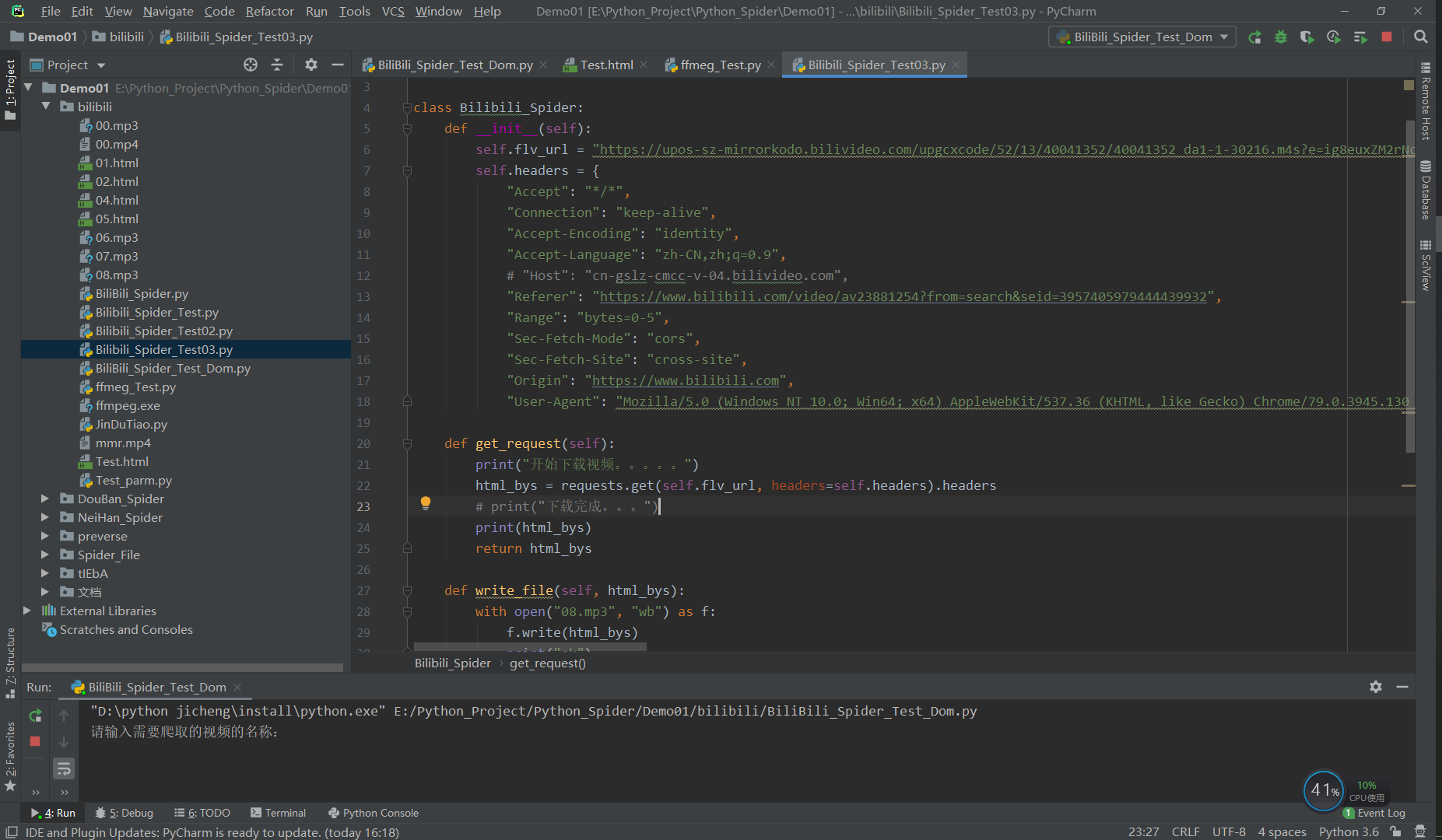
Msys (and not Msys2) cannot launch the mingw64 command shell.Using mingw32 would result inĮrrors such as - “ Relocation truncated to fit - R_X86_64_32”. Make sure you are using mingw64 for a 64-bit system.Please check out a release version if it is broken, The Command Prompt will now recognizeįfmpeg commands and will attempt to run them. Click Ok on all the windows we just opened up.įfmpeg is now "installed".The string, type a semicolon ( ), then paste in the path. For thisĮxample, that is C:\Program Files\ffmpeg\bin\ In Windows 7 all the variables are listed inĪ single string, separated by a semicolon. That you created earlier where ffmpeg.exe is saved. In Windows 10 click New then paste the path to the folder The "Edit environment variable" window looks different for Windows 10 and 7.In the Environment Variables window, click the "Path" row under the "Variable" column, then click Edit.You need to add a new system path.įirst, right click This PC (Windows 10) or Computer (Windows 7) thenĬlick Properties > Advanced System Settings > Advanced tab >

Before you can use ffmpeg.exe in cmd you have to tell your computer where it can find it.If I know I'm likely to run future ffmpeg commands on that system, I take the extra few minutes to map the system path and install it.įrom How do I set up and use ffmpeg in Windows? The only reason I wouldn't bother installing ffmpeg as instructed below is if I'm only temporarily using the system to run a few commands.

But your commands will still have to point to the correct folders and files. This will allow you to run ffmpeg commands from any working folder displayed in cmd.

In addition to your typo fixes, I strongly recommend mapping a system path to your ffmpeg bin. The other way is to map the folder in the system paths, so that you can be in any working folder to use the executable.

That would be the cd command that changes the working folder. One way is by navigating to the correct folder in cmd before you run the commands. When you call up another executable in cmd, you have tell Windows where to find it. To be fair, this isn't actually anything to do with ffmpeg.


 0 kommentar(er)
0 kommentar(er)
